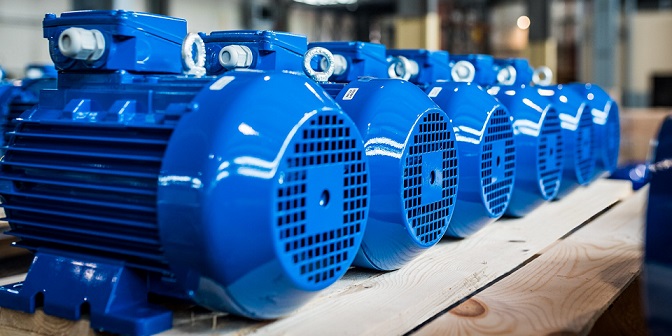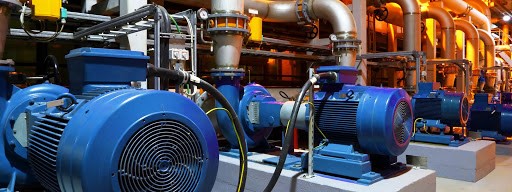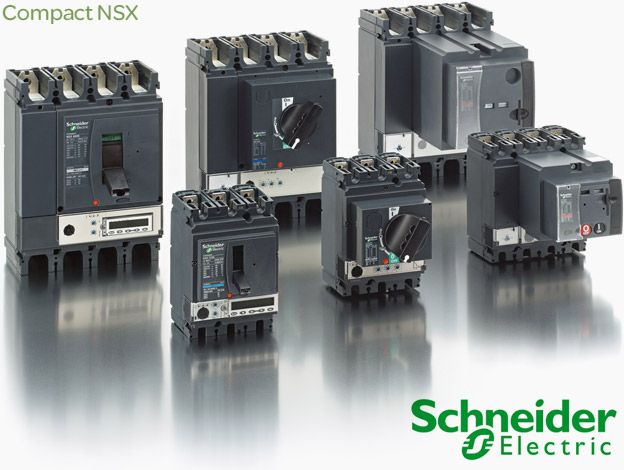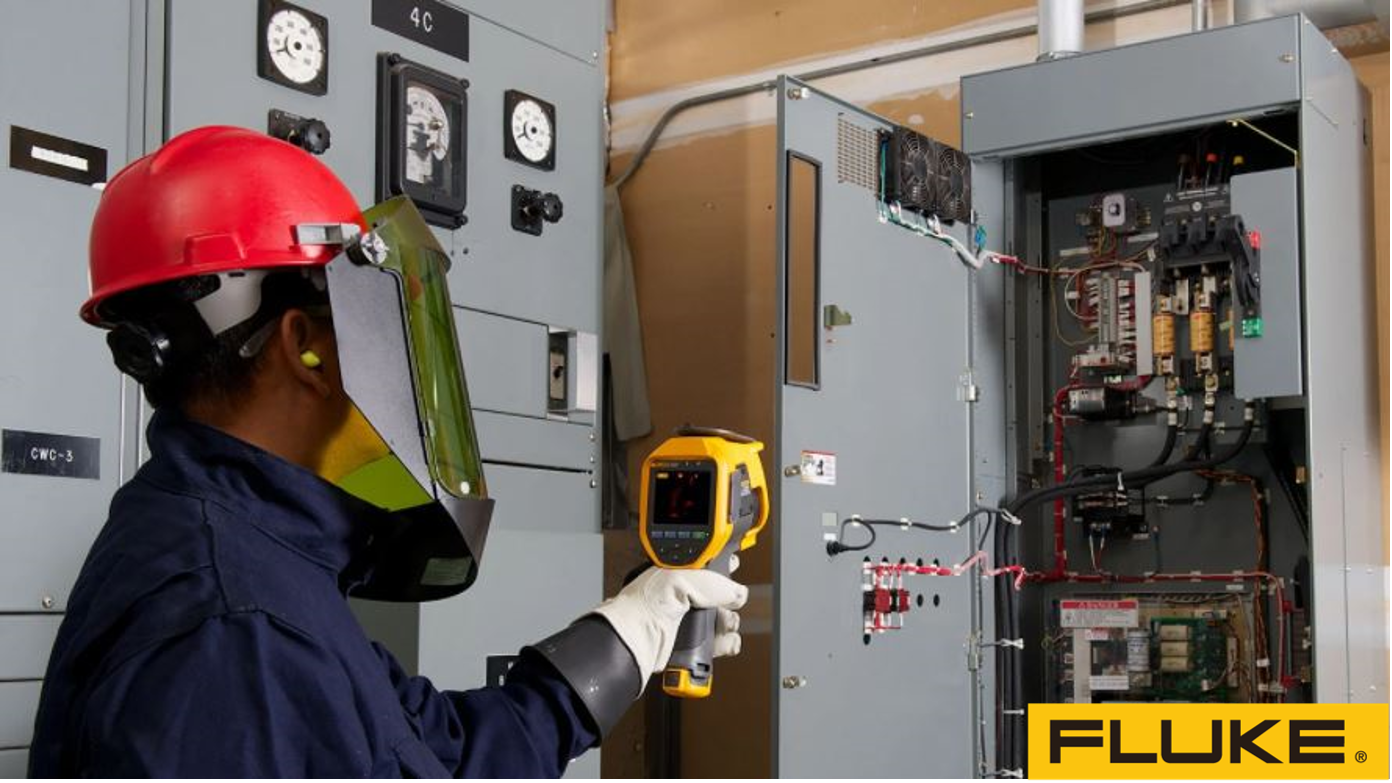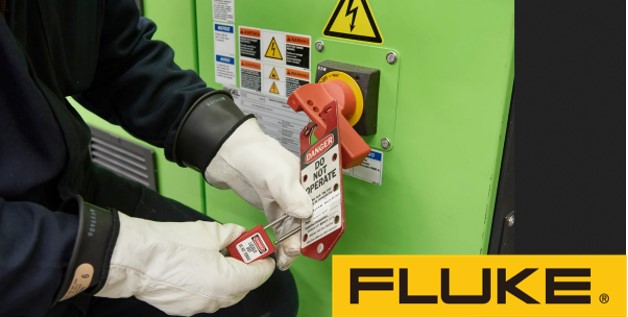LEARN | Motor Protection pt 2 – Circuit Breakers vs Fuses
In this NEW series, we unpack motor protection.
In Part 1, we discussed the importance of motor protection.
We continue the series with Part 2 – a comparison of circuit breakers to fuses.
In the beginning, only fuses were used in electrical distribution systems to protect people and equipment against short circuits, circuit overloads, and other types of faults. Then, circuit bre...


